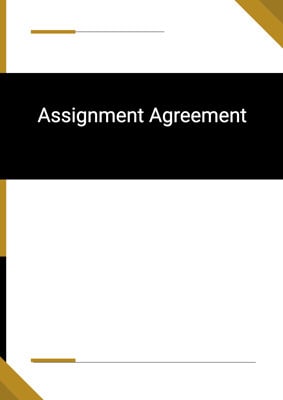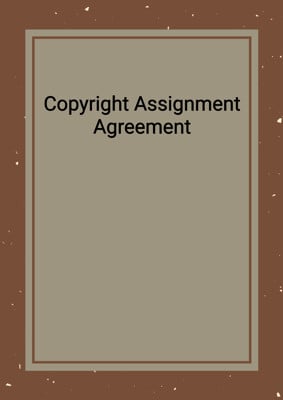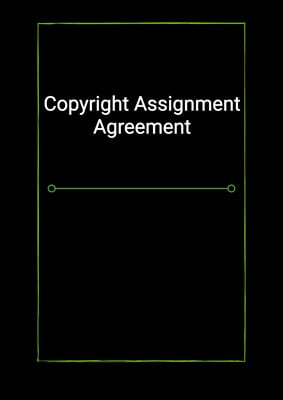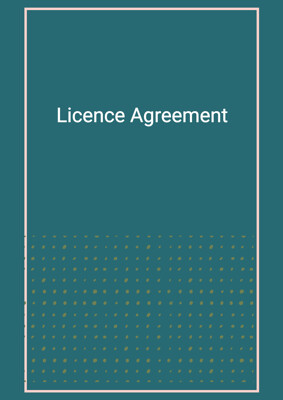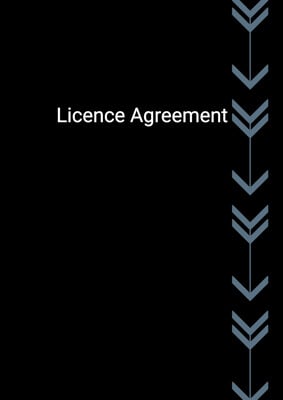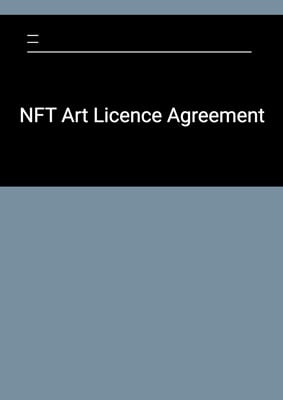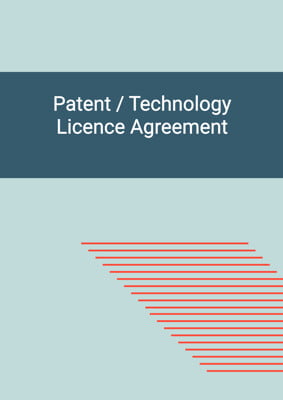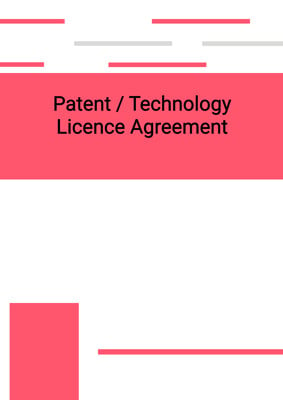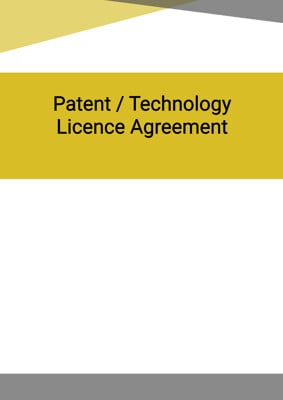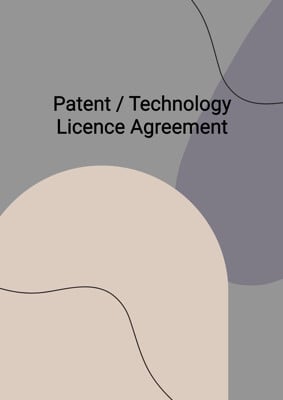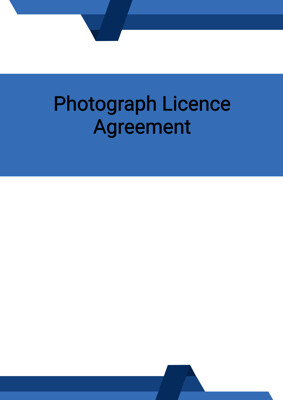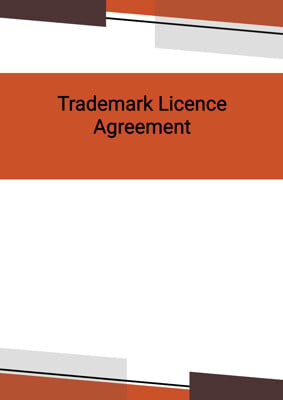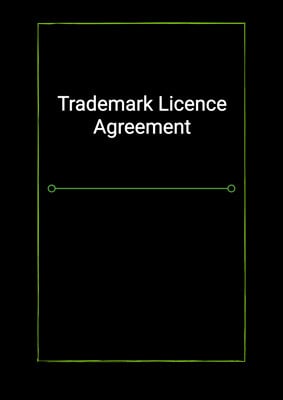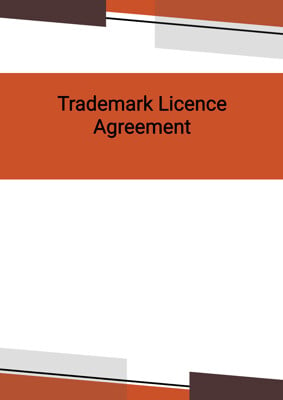How to Tailor the Document for Your Need?
01
Create Document
Fill in the details of the parties. You can click the "Fill with Member’s Information" button to complete it with information saved to your account.
02
Fill Information
Please fill in any additional information by following the step-by-step guide on the left hand side of the preview document and click the "Next" button.
03
Get Document
When you are done, click the "Get Document" button and you can download the document in Word or PDF format.
04
Review Document
Please get all parties to review the document carefully and make any final modifications to ensure that the details are correct before signing the document.
Document Preview
Document Description
The Assignment Agreement is a legal document that outlines the transfer of ownership of a trademark and the associated intellectual property from the assignor to the assignee. This document is important as it ensures that the assignee receives the exclusive rights and benefits of the trademark and the assigned intellectual property.
The entire document consists of eight sections, each addressing different aspects of the assignment agreement. The first section is the 'Definitions and Interpretations' section, which provides definitions for key terms used throughout the agreement. This section ensures clarity and understanding of the terms used in the document.
The second section is the 'Assignment' section, which states that the assignor irrevocably and absolutely assigns all rights, title, and interests in the trademark and the assigned intellectual property to the assignee. This section establishes the transfer of ownership from the assignor to the assignee.
The third section is the 'Consideration' section, which outlines the payment or consideration for the assignment. It specifies that the assignee will either pay a sum of currency or issue fully paid ordinary shares in the capital of the assignee as consideration for the assignment.
The fourth section is the 'Warranties' section, where the assignor provides warranties to the assignee. These warranties include the assignor's power to enter into and perform the assignment, obtaining necessary approvals and consents, and ensuring that the assigned intellectual property is free from any mortgages, charges, or security interests.
The fifth section is the 'Further Assurances' section, which states that the assignor agrees to perform any further acts and execute any further documents necessary to implement and give effect to the assignment. This section ensures that both parties fulfill their obligations to complete the assignment.
The sixth section is the 'Costs and Duties' section, which specifies that each party is responsible for their own costs related to the negotiation, preparation, and execution of the assignment. It also states that the assignee is responsible for any stamp duty payable.
The seventh section is the 'Governing Law' section, which states that the assignment and the relationship between the parties will be governed by and interpreted in accordance with the jurisdiction state law. This section establishes the legal framework for the agreement.
The eighth and final section is the 'Counterparts' section, which allows the assignment agreement to be executed in multiple counterparts, with each counterpart being considered an original document. This section provides flexibility in the execution process.
Each section of the document serves a specific purpose and contributes to the overall effectiveness and enforceability of the assignment agreement.
How to use this document?
1. Enter the necessary information: Fill in the names of the parties involved in the assignment agreement, including their principal places of business. This ensures clear identification of the assignor and assignee.
2. Understand the definitions: Familiarize yourself with the definitions provided in the 'Definitions and Interpretations' section. This will help you understand the terms used throughout the document.
3. Transfer ownership: Clearly state the transfer of ownership in the 'Assignment' section. Ensure that the assignor irrevocably and absolutely assigns all rights, title, and interests in the trademark and the assigned intellectual property to the assignee.
4. Determine the consideration: Decide on the form of consideration in the 'Consideration' section. Choose between a sum of currency or fully paid ordinary shares in the capital of the assignee as payment for the assignment.
5. Provide warranties: Make sure the assignor provides the necessary warranties in the 'Warranties' section. These warranties include the assignor's power to enter into the assignment, obtaining necessary approvals and consents, and ensuring the assigned intellectual property is free from any encumbrances.
6. Fulfill further obligations: Agree to perform any further acts and execute any further documents required in the 'Further Assurances' section. This ensures the completion of the assignment and implementation of its terms.
7. Understand cost responsibilities: Be aware that each party is responsible for their own costs in the 'Costs and Duties' section. The assignee is also responsible for any stamp duty payable.
8. Consider the governing law: Acknowledge that the assignment and the relationship between the parties will be governed by the jurisdiction state law in the 'Governing Law' section.
9. Execute the agreement: Sign the assignment agreement in multiple counterparts, as stated in the 'Counterparts' section. Each counterpart is considered an original document.
10. Seek legal advice if needed: If you have any doubts or concerns about the assignment agreement, consult with a legal professional to ensure compliance and understanding of the document's implications.
Not the right document?
Don’t worry, we have thousands of documents for you to choose from:

